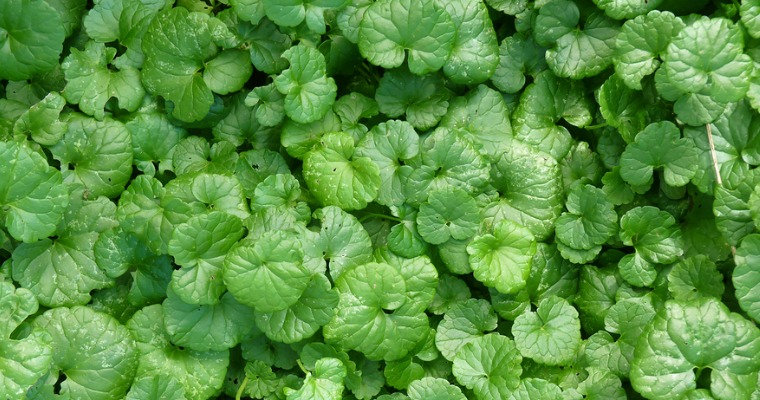
Pruning is an art and we need to learn how to use the tools correctly. It takes a good eye, sound judgment and proper technique to prune plants successfully. There are many bad habits that can lead to excessive plant damage and poor growth. Here are some common mistakes novice gardeners make while pruning:
Not removing a significant amount of the canopy
If you’re new to pruning fruit trees, it can be difficult to know how much of the canopy should be removed. Overpruned trees may produce fewer fruits and smaller ones, which isn’t always a good thing. If you want to produce bigger fruits, then consider removing less of the canopy and keeping more leaves on your tree.
As for how much of the canopy needs to be removed before it becomes too much: The general rule is that if you take off more than one third of the branches from a fruit tree during pruning season (usually in winter), then it’s time to back off because you will have damaged too many leaves taking away energy from those remaining.
pruning when plants are stressed from hot or cold weather
Pruning during hot or cold weather is not recommended. This time of year, plants are already stressed out from the temperatures, so any additional stress can lead to disease and insect infestations. If you must prune, try to do it during the spring or fall when your fruit trees are least likely to be under pressure from either hot or cold weather (or both!).
over-pruning young trees
While pruning mature trees is important and should be done regularly, you should be careful when pruning young trees. Young trees are more susceptible to disease and wind damage, so it’s best not to overdo it with the pruning if you’re only trying to get rid of extra branches or shape your tree. Over-pruning can result in broken branches which can cause a reduction in fruit production for the rest of its life span.

removing too much living tissue
The most common mistake when pruning is removing too much living tissue.
Removing too much living tissue can cause the tree to die.
Removing too much living tissue can also cause the tree to have a weak structure, which makes it susceptible to disease and other issues.
pruning plants when they’re wet
When you prune, it’s important not to cut when plants are wet. Wet branches will bleed sap and cause disease, including rusts and bacterial canker. If you do get a wound on your plant’s fleshy parts (stems or fruit), it should be dry before you prune it off so that the cut won’t become infected by fungi such as Phytophthora spp., which can cause decay and rot in plants.
Pruning trees is an art and we need to learn how to use the tools correctly. Pruning fruit trees is an art and we need to learn how to use the tools correctly. Tools include hand pruners, loppers, and saws.
It is important that you have a good knowledge of the different kinds of fruit trees before you start pruning them. Pruning is not just about cutting twigs; it also involves shaping the tree as well.
Conclusion
With all of this information in mind, you should be ready to tackle any pruning project. The key takeaway here is that pruning is not something to fear. It’s actually an act of love and care, and it will ensure your trees will thrive for years to come! With a little practice and patience, you’re sure to get the hang of it. Also, always prefer experienced arborist Melbourne for the safe trimming. Happy trimming!






